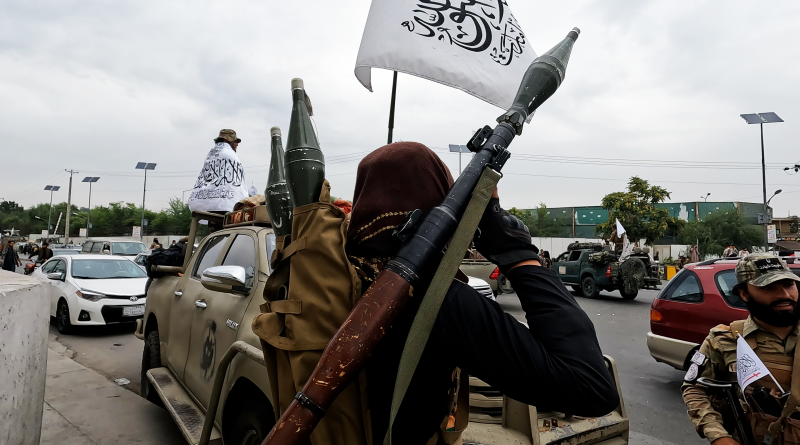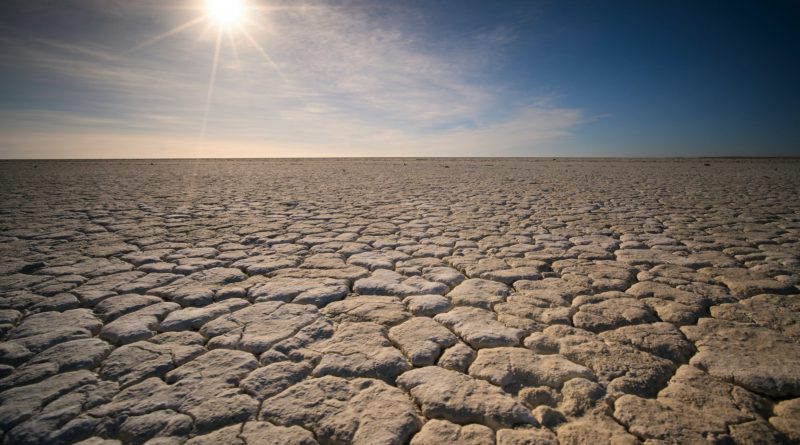The Compounding Terror and Migration Crises
Violent, Islamic-extremist terrorism has captured headlines around the world for much of the last two decades, with the number of deaths attributable to Islamic terrorism, sharply increasing in both the West and the Middle East and North African (MENA) region. This rise in terrorism across the Middle East has spurred a migration crisis, as desperate people flee to neighboring countries and across the sea to Europe in hopes of escaping violence, economic despair, and civil repression.
Read More





